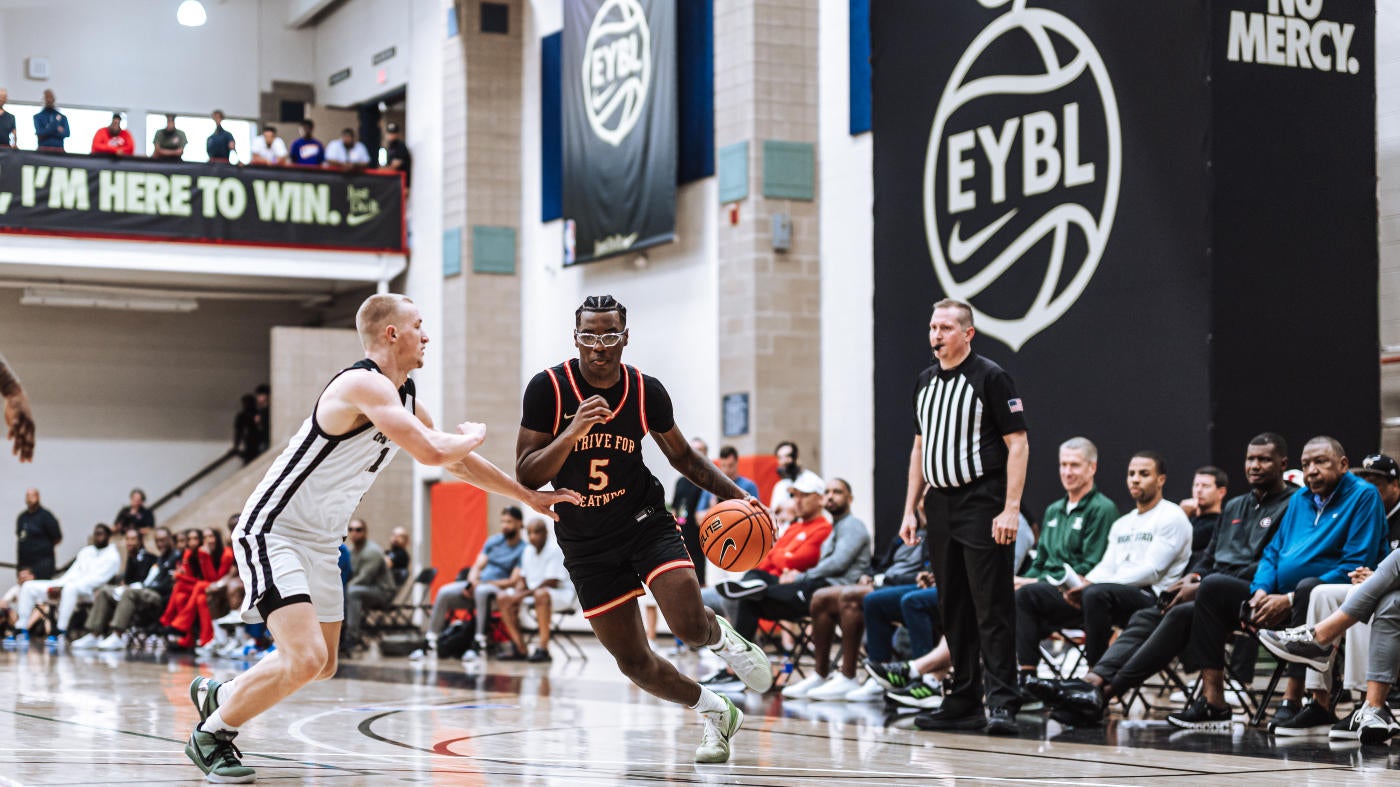Why CONMEBOL deserves blame for Copa America organizational failures; what’s next for U.S. World Cup stadiums
Written by CBS SPORTS ALL RIGHTS RESERVED on July 15, 2024
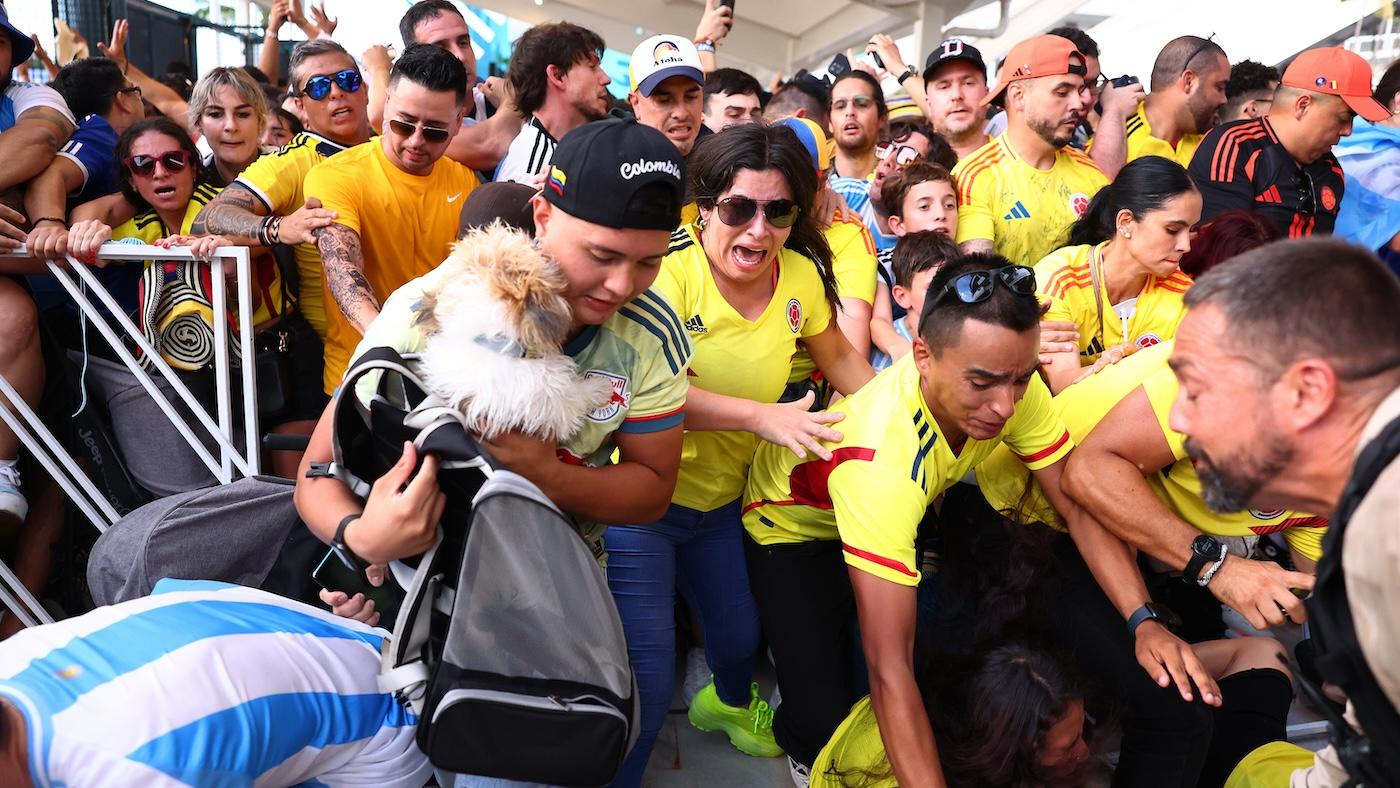

The 2024 Copa America held in the United States was plagued by one organizational failure after another, culminating with safety concerns at Hard Rock Stadium during Sunday’s final between Argentina and Colombia as officials failed to grapple with ticketless fans who breached security checkpoints before the (delayed) start of the match.
The chaos in Miami Gardens on Sunday came just days after Uruguay players began a brawl with Colombia fans in the stands after their semifinal at Charlotte’s Bank of America Stadium, and after a long string of complaints directed towards tournament organizers. The long list of grievances include poor pitches, disorganization in spaces for accredited media and high ticket prices that meant several stadiums had empty seats despite hosting one of the biggest soccer events in the world.
The chaos forces questions about who is responsible for such disorganization and while the answer is not straightforward, some things are more clear-cut than others. CONMEBOL, South American soccer’s governing body, bears much of the responsibility as tournament organizers usually has the burden of ensuring everything runs smoothly — security included. However, CONMEBOL released a statement pointing the finger at Hard Rock Stadium:
“In this situation, CONMEBOL was subject to the decisions made by the Hard Rock Stadium authorities, according to the contractual responsibilities established for security operations. In addition to the preparations determined in this contract, CONMEBOL recommended to these authorities the procedures proven in events of this magnitude, which were not taken into account.”
While there are some lessons to be learned in time for the 2026 FIFA World Cup in the U.S., it is unlikely there will be a repeat of such an event in two years’ time.
Here’s an explainer on the Copa America chaos, and a glance at who might be to blame for the dysfunction.
Copa America final nightmare
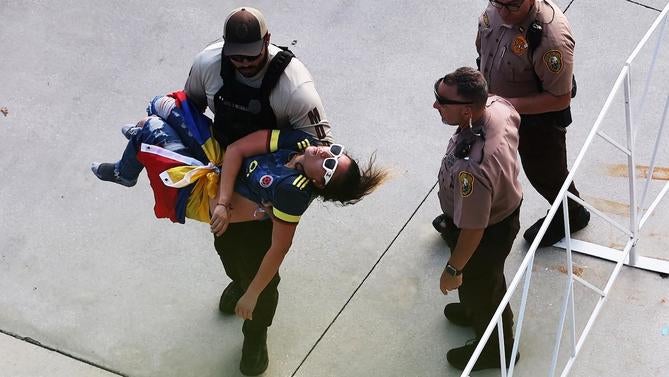

Swarms of ticketless fans were able to show up to the entrance gates of Hard Rock Stadium on Sunday, something that is not the case at FIFA-sanctioned tournaments and other high-profile soccer events, including the UEFA European Championship and even Premier League games. At those events, there are usually several checkpoints for fans to pass through before they even show up at the gates, weeding out anyone without a ticket.
Those checkpoints would take place in the area surrounding a stadium, something Hard Rock Stadium — and most large American stadiums — does not lack with large parking lots surrounding the venue. The responsibility of setting up those checkpoints would fall on the organizers, who did not do so at multiple Copa America venues.
Ticketless fans initially burst through the gates and evaded ticket checks, which is why officials chose to close gates nearly as soon as they opened and keep them closed for around an hour and a half. Despite CONMEBOL’s claims that stadium officials were responsible, it is unclear who made that call, though — staff from CONMEBOL were on the ground and had a say, as did Hard Rock Stadium staff and officials from the Miami-Dade Police Department. Staff from Concacaf, North American soccer’s governing body, were also reportedly at Hard Rock Stadium but a spokesperson denied that they had anything to do with organizing the event.
The same is true as it pertains to the decision to let fans in without checking tickets, only to check them later once everyone had made it inside the stadium. The official word is that the decision not to check tickets was made to avoid further chaos, but again, it is not known who made that call.
Additionaly to the chaos before the game, it’s worth pointing out that Ramon Jesurun, the president of the Colombian federation, and his son Ramon Jamil Jesurun were arrested by the Miami-Dade Police Department hours after his national team lost to Argentina in the Copa America final for an incident inside the stadium. Jesurun is facing three felony counts of battery on a specified official or employee.
Brawl in Charlotte
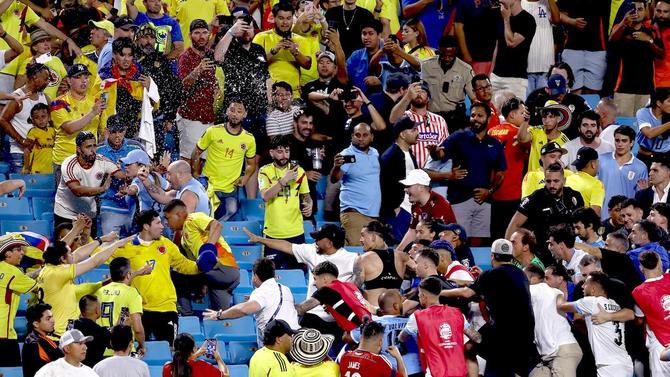

On Wednesday, Uruguay players ventured into the stands shortly after their semifinal defeat to Colombia to fight a group of opposition supporters near the pitch. Players like Darwin Nunez were seen throwing punches, while others were spotted throwing objects in the brawl. CONMEBOL has opened up an investigation but has since not commented or issued a punishment on the matter before Uruguay’s third-place game against Canada.
Uruguay’s Jose Maria Gimenez said they engaged in the fight because the Colombia fans were bothering the players’ loved ones, who were also sitting in that section. Gimenez said there was “not one single policeman” in that section to protect the family members, highlighting one of the biggest security concerns at the Copa America.
Ensuring security is in place to protect players, families and fans is a collaborative effort between tournament organizers and local officials but CONMEBOL should bear a significant amount of responsibility for this, too.
U.S. Soccer’s responsibility — or lack thereof
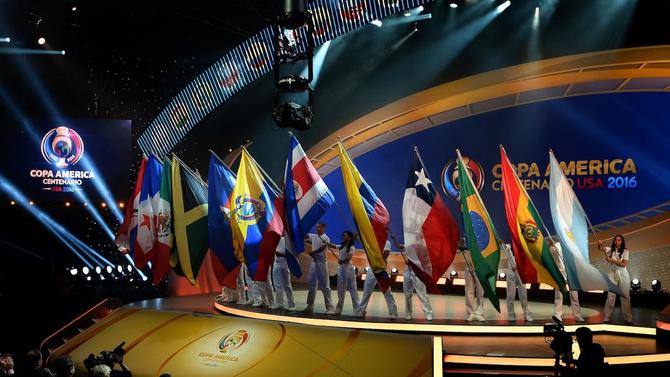

The tournament was hosted on U.S. soil for the first time since 2016, when the Copa America went without incident — much like many other major sporting events in the country. There are a lot of reasons this year’s Copa America turned out differently than the last one.
First, organizers had more time to plan the 2016 event than the 2024 version. The U.S. won the rights to host the Copa America Centenario, a one-off to celebrate the competition’s 100th anniversary, in May 2014, two years before games began. This time around, Ecuador was originally supposed to house the competition as part of CONMEBOL’s regular host rotation, but the country declined to do so in November 2022 because of infrastructural issues. The U.S. subsequently expressed interest in hosting the Copa America and won the rights in January 2023, less than a year and a half before the tournament kicked off.
The decision to bring the tournament back to the U.S. came with a major organizational shift, too. The 2015 FIFA corruption case, in which 14 people were later indicted in connection to an investigation by the FBI and the IRS’ Criminal Investigation Division, jeopardized the 2016 Copa America from an operational standpoint, according to ESPN. Several officials from both CONMEBOL and Concacaf were arrested amid collusion between executives at both confederations, and so U.S. Soccer — along with Soccer United Marketing, or SUM, the marketing arm of Major League Soccer — opted to assume the financial and organizational risk of hosting the tournament, including the overhead costs.
U.S. Soccer ended up signing favorable contracts with CONMEBOL and made around $75 million in the process. CONMEBOL officials did not want to relinquish that type of money upon their return to the U.S. this year and so opted to handle the financial and organizational obligations, paying U.S. Soccer $10 million to essentially sanction the event. U.S. Soccer will also collect 5% from ticket sales and is expected to make between $20 to $25 million through this summer’s Copa America.
As a result, U.S. Soccer has little to nothing to do with the Copa America from an organizational perspective.
What about the 2026 World Cup?
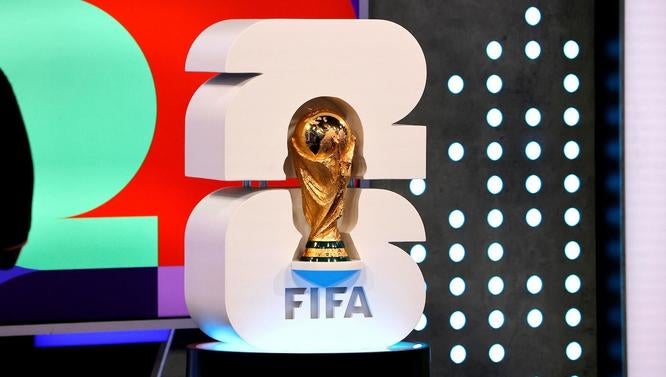

As the tournament organizers, FIFA will take charge of the event in 2026, as is typically the case for World Cups and other tournaments they sanction. U.S. Soccer is expected, again, not to play a big role in operations for the World Cup. Recent editions of the World Cup have been staged without a hitch and the 2026 edition is expected to follow in that trend.
The biggest concerns could be around stadium officials and policing, especially if they had a lot of responsibility to bear for closing the gates on Sunday and forcing thousands of fans to wait in tight quarters on a hot and humid day in Miami Gardens. FIFA’s standard practice of having multiple security checkpoints before fans can even approach stadium gates, though, should eliminate a repeat of Sunday’s events.
The post Why CONMEBOL deserves blame for Copa America organizational failures; what’s next for U.S. World Cup stadiums first appeared on OKC Sports Radio.





